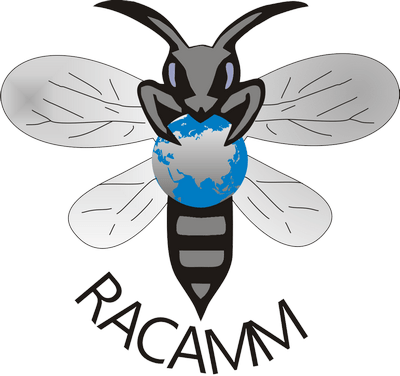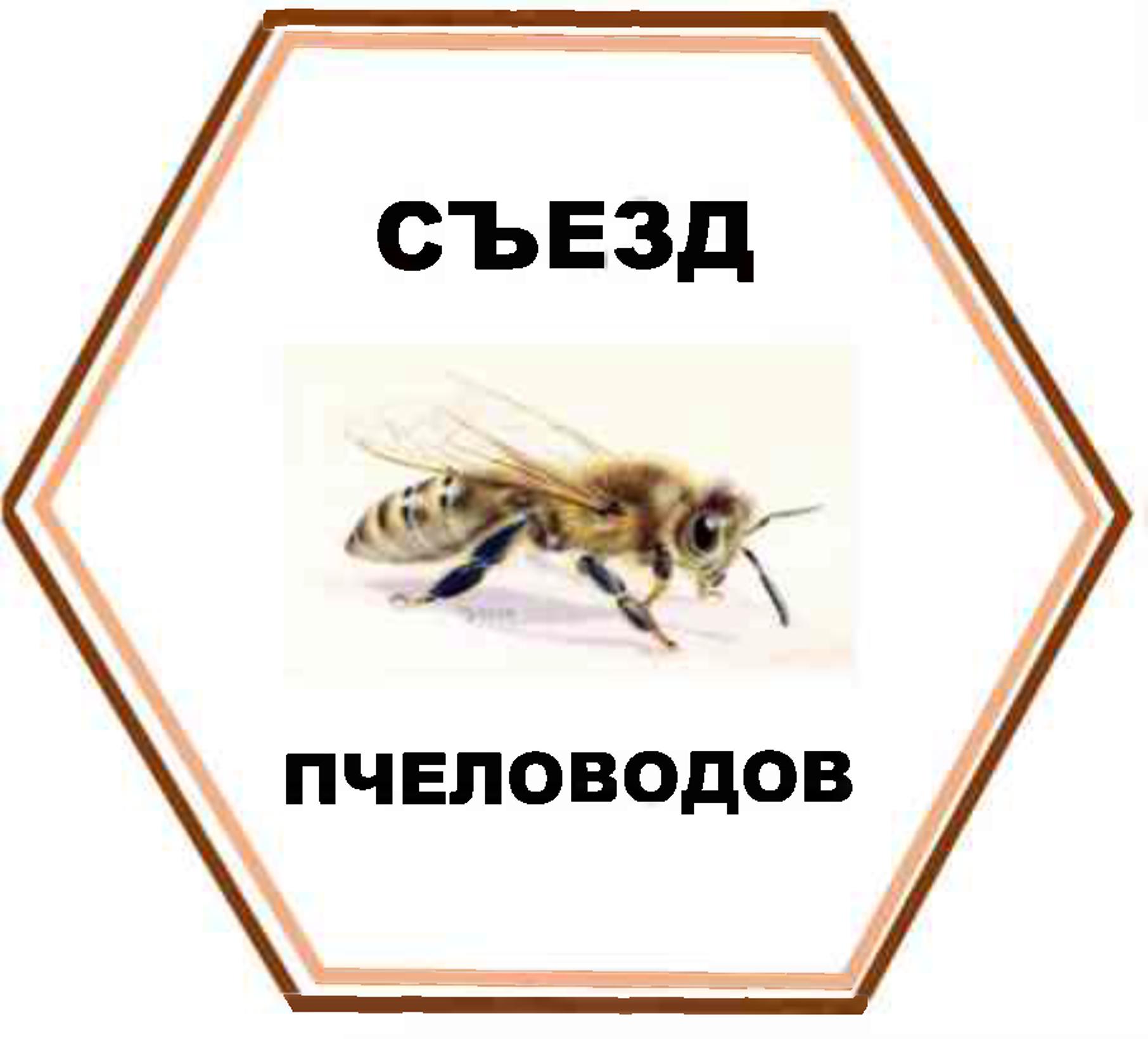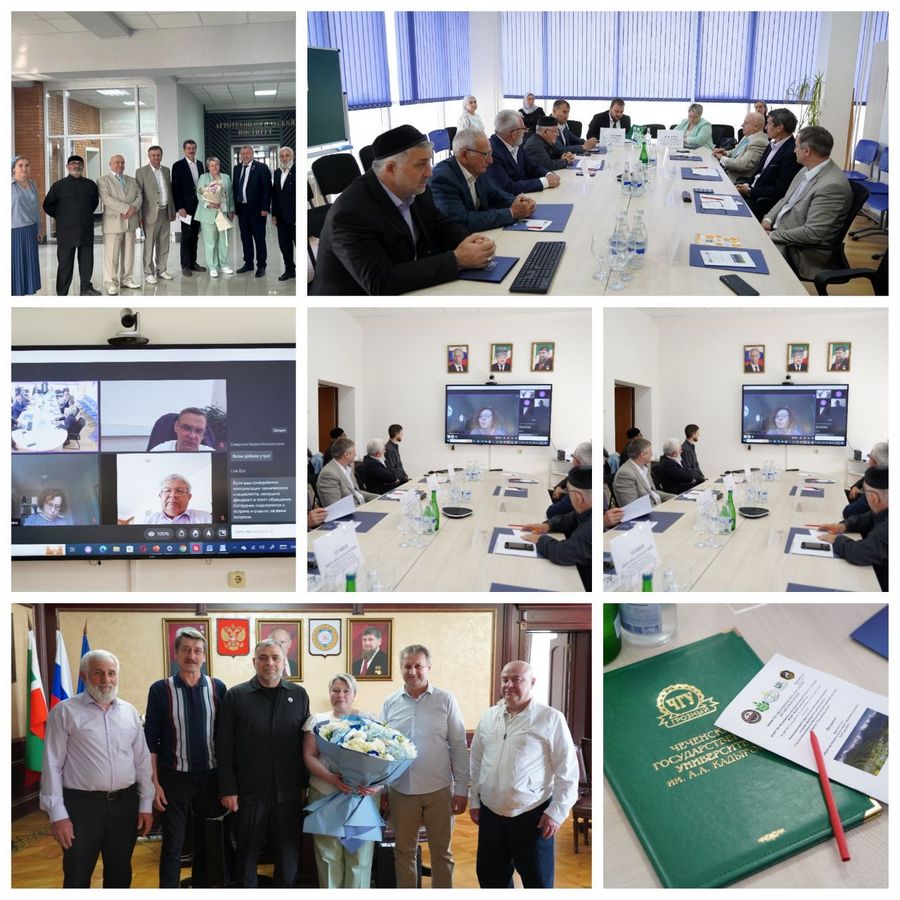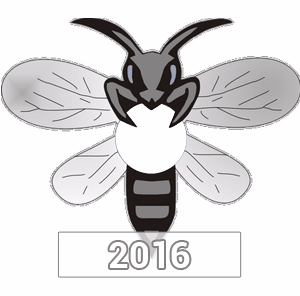Apis mellifera mellifera L. numbering about 66% of all the bee families is widespread around Russia. Nevertheless, it is quite hard to find pure breed families of the dark bee around Russia.
Morphometric method breed standard estimation is frequently used in contemporary apiculture. Labeling of genotype indicators is the method which has been used to assess correspondence with the breed standards in selection-breeding apiculture for the past 10 years.
Genebank of Apis mellifera mellifera L. was examined in the north-eastern part of Russia (n=6526). It was done with the help of morphometric method (including measuring of proboscis length, cubital index, discoidal shift, parameters and color of tergites) and method of labeling indicators at genotype level.
Morphometric method helped to assess that 53% of the examined bees correspond with the standard of Apis mellifera mellifera L. The following correspondence was estimated: according to proboscis length – 72%, third tergite length – 55%, cubital index -35%, negative discoidal shift – 33%. Yellow color of tergites was registered in 25% of the examined bees.
Results of mitochondrial DNA of Apis mellifera mellifera L show 75% of correspondence. Simultaneous use of both methods assessed that 31% of the examined bees had complete standard correspondence.
It should be noted that comparative analyses of the results of population-genetic analyses and breed localization of bees according to tergites color showed 100% of genotype correspondence.
The received data hypothesize high positive correlation of phenotypical changeability in tergite cuticle color and polymorphism of DNA locuses. Therefore, tergites color can be used for express diagnostics while estimating breed correspondence of bee families. Lack of uniformity of results received by different methods prove imperfection of each method. To improve accuracy of results all possible methods should be used simultaneously because only in this case objective estimation of breed standard correspondence can be achieved.





















